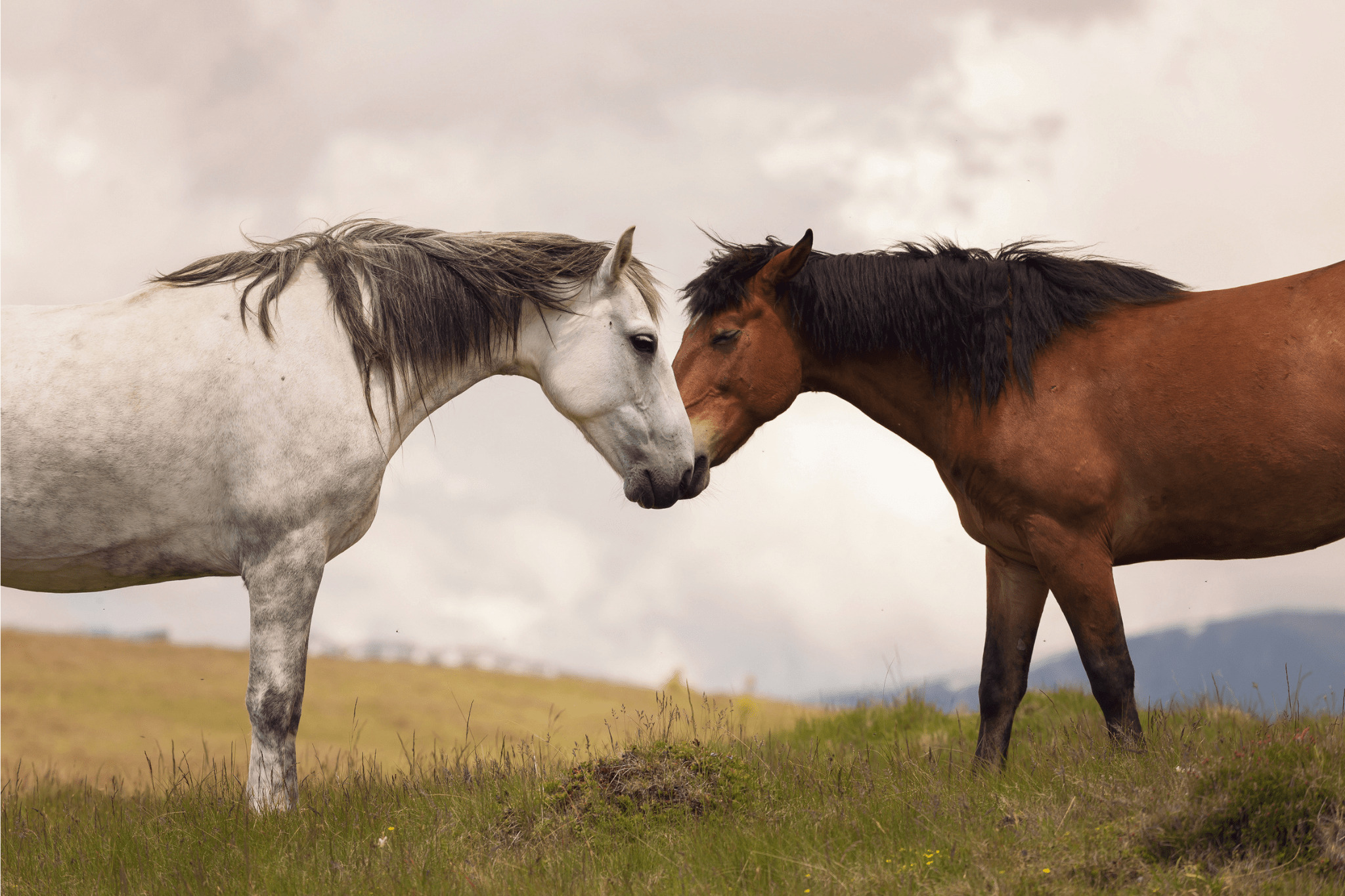Horses are majestic creatures that have been a part of human history for thousands of years. They have been used for transportation, agriculture, and as loyal companions. However, when it comes to the terminology surrounding horses, there are often questions about the proper terms to use. One such question that frequently arises is, “What is a female horse called?” In this blog post, we will delve into the answer to this question and explore the fascinating world of equine terminology.
Understanding the Basics

Before we delve into the specific term for a female horse, it’s important to understand some basic equine terminology. A male horse is called a stallion, while a female horse that has not yet given birth is known as a mare. A young horse, regardless of gender, is called a foal. Once a foal reaches the age of one year, it is typically referred to as a yearling.
What is a Female Horse Called?
The specific term for a female horse is a mare. Mares are an essential part of the equine world, serving as the mothers of future generations of horses. They play a crucial role in breeding and passing on desirable traits to their offspring. Mares come in a variety of breeds, colors, and temperaments, and they are valued for their contributions to the equine community.
Characteristics of Mares
Mares, like all horses, exhibit a wide range of characteristics and behaviors. They can be gentle and nurturing, fiercely protective of their young, and possess individual personalities that make them unique. Mares also have distinct physical features, such as their reproductive anatomy and hormonal cycles, which set them apart from stallions and geldings. Understanding these characteristics is essential for anyone involved in the care and management of mares.
The Role of Mares in Equine Activities
Mares play a vital role in various equine activities, including breeding, equestrian sports, and recreational riding. As breeding animals, mares are carefully selected for their conformation, temperament, and performance to produce high-quality offspring. In equestrian sports, mares compete alongside male horses, showcasing their athleticism and skill in disciplines such as dressage, show jumping, and eventing. Additionally, many riders form strong bonds with their mares, enjoying the companionship and partnership that comes from working with these remarkable animals.
The Care and Management of Mares
Proper care and management of mares are essential to ensure their health and well-being. This includes providing them with a balanced diet, regular veterinary care, and appropriate exercise. Additionally, understanding the reproductive cycle of mares is crucial for breeding purposes and maintaining their overall reproductive health. Proper housing and socialization are also important factors in the care of mares, as they thrive in environments that allow for social interaction and mental stimulation.
Mares in History and Culture
Throughout history, mares have held significant cultural and symbolic importance in various societies. In many ancient civilizations, horses, including mares, were revered for their strength, beauty, and role in warfare. Mares have been celebrated in literature, art, and mythology, often depicted as symbols of grace, fertility, and power. Even today, mares continue to captivate our imagination and inspire us with their presence in literature, film, and art.
Challenges and Opportunities for Mares
While mares hold a revered place in the equine world, they also face challenges related to breeding, overpopulation, and welfare. Responsible breeding practices and thoughtful management of mare populations are essential to address these challenges. Additionally, opportunities exist to support and promote the well-being of mares through education, advocacy, and conservation efforts. By addressing these challenges and embracing these opportunities, we can ensure a bright future for mares and their contributions to the equine community.
Importance of Recognizing Mares
Recognizing and understanding the role of mares in the equine world is essential for anyone involved in the care, management, and appreciation of horses. Whether you are a breeder, rider, or enthusiast, acknowledging the significance of mares enriches our understanding of the diverse and fascinating world of horses. By celebrating the contributions of mares, we honor their place in history, culture, and the future of the equine industry.
Curious about the terminology for different horses? Explore our articles on young female horse, baby horse, and male horse to expand your knowledge of equine nomenclature!
Conclusion
In conclusion, the term for a female horse is a mare. Mares are remarkable animals that play a crucial role in breeding, equestrian activities, and our cultural consciousness. Understanding the characteristics, care, and significance of mares enriches our appreciation for these magnificent creatures. By recognizing the importance of mares, we can continue to cherish and uphold their legacy in the world of horses. Whether you are a seasoned equestrian or a casual admirer of horses, mares deserve our admiration and respect for their invaluable contributions to the equine world.



